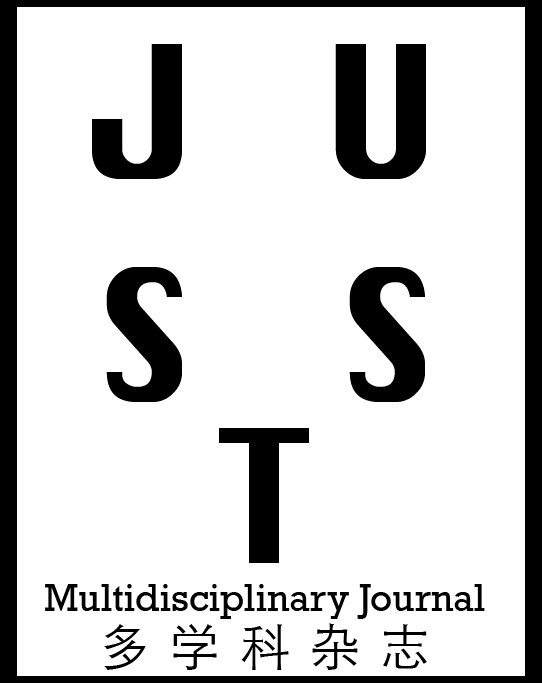Harshal Dalvi, Research Scholar,
Dwarkadas J. Sanghvi College of Engineering, VileParle, Mumbai, Maharashtra, India.
Dr. Meera Narvekar, Professor,
Department of Computer Engineering, Dwarkadas J. Sanghvi College of Engineering, Vile Parle, Mumbai, Maharashtra, India.
Harsh Shah, Rutwik Patel, Sanchit Hegde
Department of Information Technology, Dwarkadas J. Sanghvi College of Engineering, VileParle, Mumbai, Maharashtra, India
Exploring the Potentials of Explainable AI for Early Cataract Detection to Foster Accessible Healthcare
Authors
Abstract
Explainable AI (XAI) aims to provide transparency and comprehensibility in ML models’
decision-making processes, enabling users to understand why a model makes specific
predictions or decisions. This transparency feature is crucial for building trust in Ai systems,
especially in high-stake applications such as healthcare, finance, and autonomous vehicles etc.
In this research article, we aim to explore the capabilities of explainable AI for one of the
critical use cases in the domain of ophthalmology for cataract prediction.
Cataract is a common yet prevalent eye disease which is affecting millions of individuals across
the world. It is essential to detect and treat this disease early to prevent vision loss and enhance
the quality of life. By advancing diagnosis accuracy and efficiency, artificial intelligence (AI)
has the potential to detect cataract based on the fundus image of an eye and other possible
parameters. This can act as a decision support system for an ophthalmologist or general
medical practitioner, especially in remote areas which are lacking high-end scientific
equipment. However, the opacity and complexity of advanced AI models make them difficult to
adapt such systems in actual clinical practice. Explainable AI (XAI) techniques if applied to
such advanced ML models can address this issue by allowing healthcare practitioners to
comprehend the decision-making process of AI models. This article reviews the critical
explainable AI techniques and their possible application for one of the use cases – cataract
detection.
